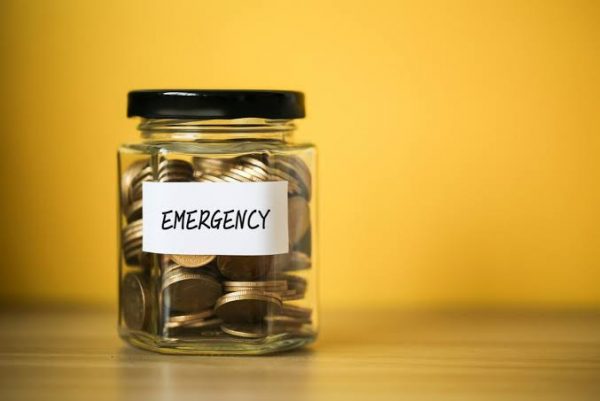Have you ever worried about what might happen if unexpected expenses pop up? Building an emergency fund can help ease those worries and provide a financial safety net. An emergency fund is like a cushion for unexpected situations, such as medical emergencies, car repairs, or unexpected job changes. In this article, we’ll explore some simple steps to help you.
Read more about Finance
1. Set a Goal
Start by deciding how much money you want to have in your emergency fund. A common goal is to save three to six months’ worth of living expenses. This amount can vary depending on your personal situation and comfort level.
2. Make a Budget
Create a budget to understand where your money goes each month. List your income and all your expenses, including bills, groceries, and other regular spending. This will help you identify areas where you can cut back and save more money.
3. Start Small
If saving a big amount feels overwhelming, start small. Even putting aside a small amount each week or month can add up over time. The important thing is to get into the habit of saving regularly.
4. Open a Separate Savings Account
Consider opening a separate savings account specifically for your emergency fund. This can make it easier to track your progress and prevent you from spending the money on non-emergencies.
5. Automate Your Savings
Set up automatic transfers from your main account to your emergency fund. This way, you won’t have to remember to save each time you get paid. It happens automatically, making it a consistent and effortless habit.
Sign up for the Connect Nigeria daily newsletter
6. Cut Unnecessary Expenses
Review your spending habits and identify areas where you can cut back. Maybe it’s eating out less or cancelling a subscription you don’t use often. Redirect the money you save into your emergency fund.
7. Use Windfalls Wisely
If you receive unexpected money, like a tax refund or a bonus, consider putting a portion of it into your emergency fund. While it might be tempting to spend it all, saving some can boost your fund quickly.
8. Be Patient
Building an emergency fund takes time, and that’s okay. Be patient with yourself and celebrate the progress you make along the way. Small steps lead to big results.
9. Only Use for Emergencies
Remember, your emergency fund is for true emergencies, not for everyday expenses or wants. It’s there to help you through tough times, so use it wisely.
10. Reassess and Adjust
Periodically review your budget and emergency fund goals. Life changes, and so might your financial situation. Adjust your savings goals and strategies accordingly.
Register to attend the CN Business Mixer
Final Thoughts
Building an emergency fund is a crucial step towards financial security. By setting realistic goals, creating a budget, and consistently saving, you can create a safety net for unexpected expenses. Every little bit adds up, and with time and commitment, you can achieve greater financial peace of mind.


